Rordes - A.F.K

More Posts from Rordes and Others
I had to babysit my girlfriends cat.












THE ATTENDANT by jlillard
http://society6.com/julialillardart
https://www.facebook.com/jlillardart
http://instagram.com/julialillardart


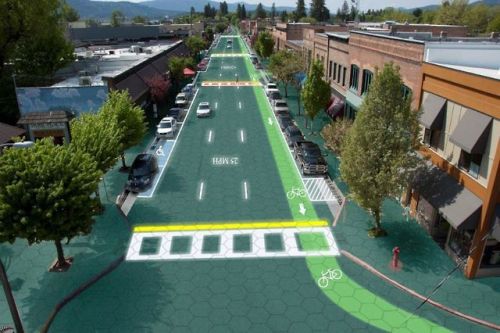
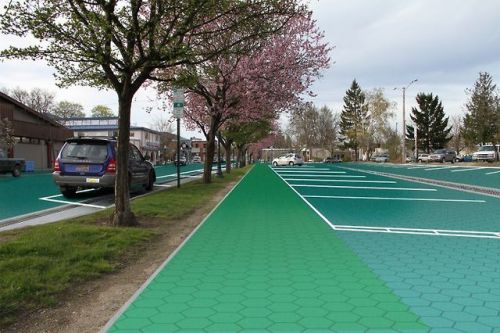
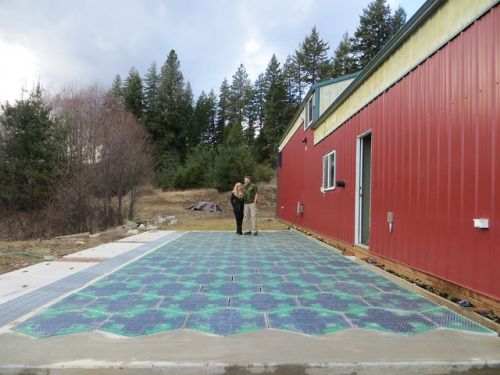
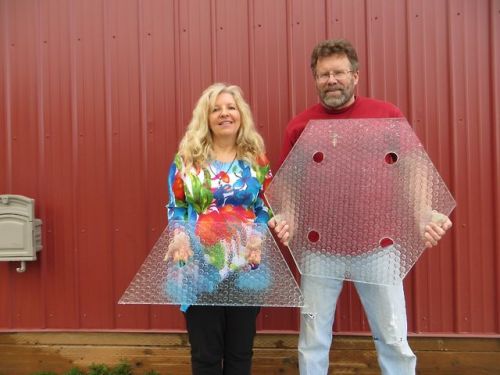
ENDLESS ELECTRICITY: Here’s A Way Of Turning America’s Roads Into Gigantic Solar Panels
There are about 31,251 square miles of roads, parking lots, driveways, playgrounds, bike paths, and sidewalks in the lower 48 states. If Julie and Scott Brusaw have their way, they will all someday be replaced with solar panels.
For the better part of a decade, the Idaho couple has been working on prototyping an industrial-strength panel that could withstand the weight of even the largest trucks. They now appear to have cracked the formula, developing a specially textured glass coating for the panels that can not only bear tremendous loads but also support standard tire traction.
By their reckoning, at peak installation their panelized roads could produce more than three times the electricity consumed in the U.S.
The material could power electric vehicles through a receiver plate mounted beneath the vehicle and a transmitter plate is installed in the road.
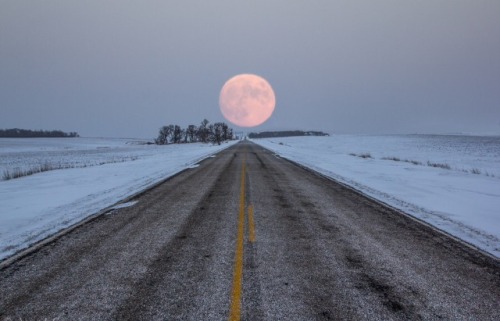

Les matheux, on vous a peut être pas trouvé le point G, mais bon..

The Tarantula Nebula : The Tarantula Nebula is more than a thousand light-years in diameter, a giant star forming region within nearby satellite galaxy the Large Magellanic Cloud, about 180 thousand light-years away. The largest, most violent star forming region known in the whole Local Group of galaxies, the cosmic arachnid sprawls across this spectacular composite view constructed with space- and ground-based image data. Within the Tarantula , intense radiation, stellar winds and supernova shocks from the central young cluster of massive stars, cataloged as R136, energize the nebular glow and shape the spidery filaments. Around the Tarantula are other star forming regions with young star clusters, filaments, and blown-out bubble-shaped clouds In fact, the frame includes the site of the closest supernova in modern times, SN 1987A, at the lower right. The rich field of view spans about 1 degree or 2 full moons, in the southern constellation Dorado. But were the Tarantula Nebula closer, say 1,500 light-years distant like the local star forming Orion Nebula, it would take up half the sky. via NASA
js
-
 nuvolari25 liked this · 2 weeks ago
nuvolari25 liked this · 2 weeks ago -
 gentlefox1234 liked this · 3 weeks ago
gentlefox1234 liked this · 3 weeks ago -
 maui7626 liked this · 3 weeks ago
maui7626 liked this · 3 weeks ago -
 lautreagence liked this · 3 weeks ago
lautreagence liked this · 3 weeks ago -
 motosupreme reblogged this · 3 weeks ago
motosupreme reblogged this · 3 weeks ago -
 occvltswim liked this · 1 month ago
occvltswim liked this · 1 month ago -
 noelleenoellee reblogged this · 1 month ago
noelleenoellee reblogged this · 1 month ago -
 xerozero00 liked this · 1 month ago
xerozero00 liked this · 1 month ago -
 jbabyyyy liked this · 2 months ago
jbabyyyy liked this · 2 months ago -
 itgoeshalleberry liked this · 2 months ago
itgoeshalleberry liked this · 2 months ago -
 brigadeiro-voador-em-hogwarts liked this · 2 months ago
brigadeiro-voador-em-hogwarts liked this · 2 months ago -
 l-oveyou reblogged this · 2 months ago
l-oveyou reblogged this · 2 months ago -
 channel13 liked this · 2 months ago
channel13 liked this · 2 months ago -
 recessionproof302 liked this · 2 months ago
recessionproof302 liked this · 2 months ago -
 jrnos liked this · 2 months ago
jrnos liked this · 2 months ago -
 dh-my-life-style reblogged this · 2 months ago
dh-my-life-style reblogged this · 2 months ago -
 allarounddivinity liked this · 2 months ago
allarounddivinity liked this · 2 months ago -
 thehandthatfeedz liked this · 2 months ago
thehandthatfeedz liked this · 2 months ago -
 alysalewis31 reblogged this · 2 months ago
alysalewis31 reblogged this · 2 months ago -
 betmeen17 liked this · 3 months ago
betmeen17 liked this · 3 months ago -
 hiighvibez reblogged this · 3 months ago
hiighvibez reblogged this · 3 months ago -
 hiighvibez liked this · 3 months ago
hiighvibez liked this · 3 months ago -
 beeautts-blog liked this · 3 months ago
beeautts-blog liked this · 3 months ago -
 maakheru36 liked this · 3 months ago
maakheru36 liked this · 3 months ago -
 vistadreams liked this · 3 months ago
vistadreams liked this · 3 months ago -
 cantseemtofindthelight liked this · 3 months ago
cantseemtofindthelight liked this · 3 months ago -
 arp-ai liked this · 3 months ago
arp-ai liked this · 3 months ago -
 bankrollsndiamonds reblogged this · 3 months ago
bankrollsndiamonds reblogged this · 3 months ago -
 ms-graduated reblogged this · 3 months ago
ms-graduated reblogged this · 3 months ago -
 glamqueenxbadass reblogged this · 3 months ago
glamqueenxbadass reblogged this · 3 months ago -
 spoiledrottxnxx reblogged this · 3 months ago
spoiledrottxnxx reblogged this · 3 months ago -
 crookpit liked this · 3 months ago
crookpit liked this · 3 months ago -
 newandoldnice reblogged this · 3 months ago
newandoldnice reblogged this · 3 months ago -
 kireeamin liked this · 3 months ago
kireeamin liked this · 3 months ago -
 rudismel444 liked this · 3 months ago
rudismel444 liked this · 3 months ago -
 presidentbushh liked this · 3 months ago
presidentbushh liked this · 3 months ago -
 citylightsandpenthousedreams reblogged this · 3 months ago
citylightsandpenthousedreams reblogged this · 3 months ago -
 iamsarcasticwolf liked this · 3 months ago
iamsarcasticwolf liked this · 3 months ago -
 xkamaile reblogged this · 3 months ago
xkamaile reblogged this · 3 months ago -
 xkamaile liked this · 3 months ago
xkamaile liked this · 3 months ago -
 kiddsta liked this · 3 months ago
kiddsta liked this · 3 months ago -
 slumsaintt reblogged this · 3 months ago
slumsaintt reblogged this · 3 months ago -
 clarissaaaaaaaachardonnay reblogged this · 3 months ago
clarissaaaaaaaachardonnay reblogged this · 3 months ago -
 asapxblacka reblogged this · 3 months ago
asapxblacka reblogged this · 3 months ago -
 angelofluxxury liked this · 3 months ago
angelofluxxury liked this · 3 months ago -
 anime666sworld liked this · 3 months ago
anime666sworld liked this · 3 months ago